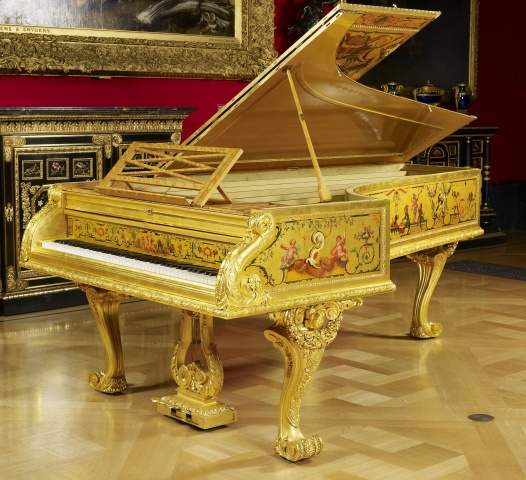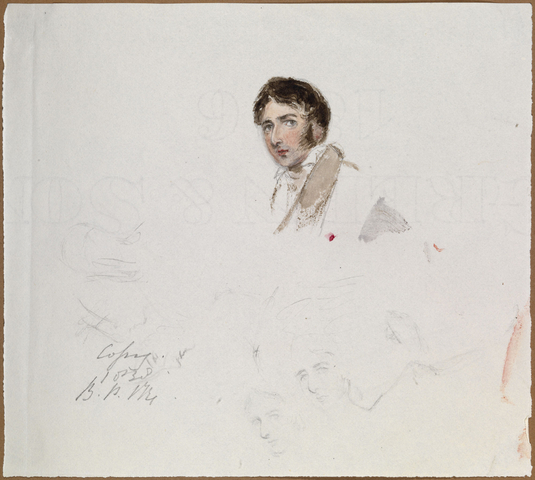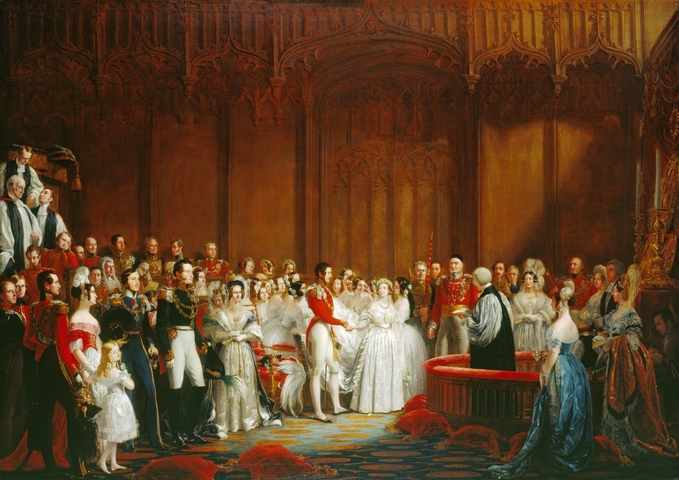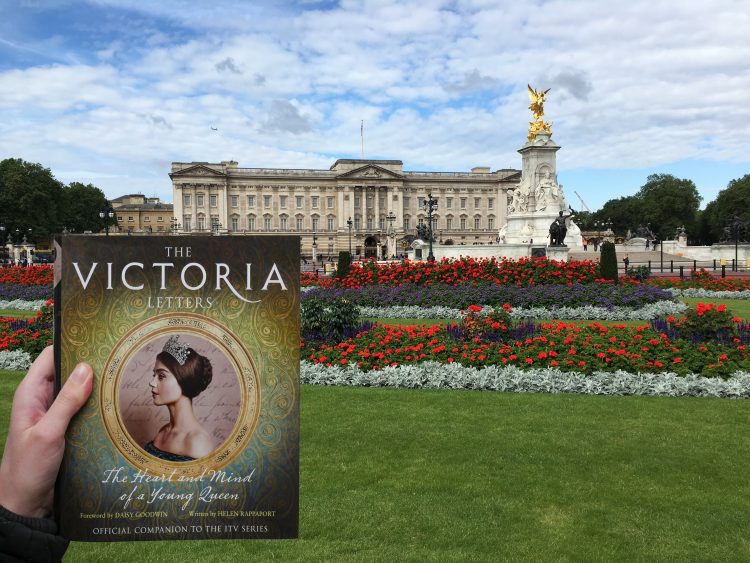In the popular imagination, perceptions of Queen Victoria are associated with ideas of her as a formidable monarch, often stating “We are not amused”. However, Helen Rappaport’s book, The Victoria Letters, written in conjunction with ITV’s television series Victoria, incorporates Queen Victoria’s diaries to bring to life her vivacious and gregarious personality, focusing on events throughout her childhood and her first few years as Queen.

Christened Alexandrina Victoire after her godfather Tsar Alexander I of Russia, and Victorie after her German mother the Duchess of Kent, Victoria was known throughout her childhood as “Drina”. Helen Rappaport provides a fascinating insight into Victoria’s childhood, describing her love for dolls; however, Rappaport’s emphasis on the isolation and unhappiness that characterised Victoria’s childhood at Kensington Palace, I found particularly poignant. Victoria had to adhere to a strict daily routine devised by her mother and Sir John Conway, called the “Kensington System”. This was a regime of studying, exercising and eating plain meals of bread and milk while under constant supervision- so much so that she was not allowed to walk up and down the stairs without someone holding her hand! Rappaport mentions that these activities led to increasingly strained relations with her mother. This exacerbated Victoria’s loneliness as her father Edward Duke of Kent, had died when she was only a few months old.

Whilst I was aware that Victoria became Queen at the age of eighteen upon the death of her uncle, King William IV, I was unaware of the politics behind Victoria’s name, and found Rappaport’s explanation of this very engaging. Victoria’s first name, Alexandrina, was regarded as “too foreign” and Victoria explains in her diaries that “there was a desire to change my favourite and dear name Victoria to that of Charlotte”. Victoria convinced the court to let her rule under Victoria, which emphasises her strong-willed nature. This is an aspect of her character which Helen Rappaport reiterates throughout The Victoria Letters. Victoria’s wilfulness is highlighted in her first speech to her Privy Council as Queen, “I shall find in the purity of my intentions and in my zeal for public welfare that support […] that belong[s] to a more mature age”, and is evident in her immediate decision to move from Kensington to Buckingham Palace.
Rappaport devotes great attention to the active social life Victoria enjoyed at Buckingham Palace, which I found captivating to read. The late night balls where Victoria “did not leave the ball-room till 10 minutes to four!”, her love of singing and playing the piano, her daring horse racing, really conveys Victoria’s youthful vitality. In fact, so much was Victoria’s love for partying that in 1855 she built a more extensive ballroom at Buckingham Palace, the same ballroom that is used for investitures and state banquets today. Also fascinating was Rappaport’s focus on life behind the scenes at Buckingham Palace, giving an insight into the food Victoria enjoyed (plain English food, such as fruit jelly).

Throughout Victoria’s early years, Rappaport emphasises the numerous male figures that influenced the young queen. Rappaport’s inclusion of letters between Victoria and her uncle King Leopold I, King of the Belgians, highlights Leopold’s role as a father figure and trusted adviser. In a letter to Victoria in 1832, Leopold writes: “you will always find in your Uncle that faithful friend which he has proved to you from your earliest infancy”. The high esteem in which Victoria holds her Prime Minister, Lord Melbourne, is prominent throughout The Victoria Letters. Victoria’s diaries describe with an almost childish glee how Lord Melbourne told her stories and played shuttlecock with her, even writing about his dislike of rice pudding!

However, the most important figure in Victoria’s life was her husband and cousin, Prince Albert. Rappaport provides a fascinating insight into the politics surrounding Victoria’s marriage. Her uncle, King Leopold I and her mother the Duchess of Kent, were in favour of a marriage between Victoria and Albert of Saxe-Coburg- Gotha; however, I did not realise the extent of William IV’s (Victoria’s uncle), objection to the idea of her marrying a German. I was also surprised to learn that Victoria initially favoured Albert’s extroverted brother Ernest. When Victoria and Albert are reunited a few years later, Rappaport emphasises the infatuation Victoria feels towards Albert, including this description from Victoria’ diaries: “he is so sensible, so kind, and so good, and so amiable too”. This marked the beginning of twenty years of devotion, resulting in the birth of their nine children. I thoroughly enjoyed reading Rappaport’s description of Victoria and Albert’s wedding, describing the wedding cake decorated with cupids and medallions, and how Victoria set the trend for wearing a white wedding dress!

Rappaport’s book provides a fascinating and intimate insight into the vivacious personality of Queen Victoria, describing her hobbies, her infatuations, and the obstacles she faced during her early years. The Victoria Letters also mentions the numerous events Victoria witnessed throughout the beginning of her reign: increasing industrialisation, urban expansion, the invention of railways, the reform of the mail system, and increasing destitution. Filled with images from the television series, extracts from Queen Victoria’s diaries and newspapers of the day, I would recommend reading The Victoria Letters if you want to delve deeper into the life of Britain’s second-longest reigning monarch.
The Victoria Letters is published by HarperCollins.

